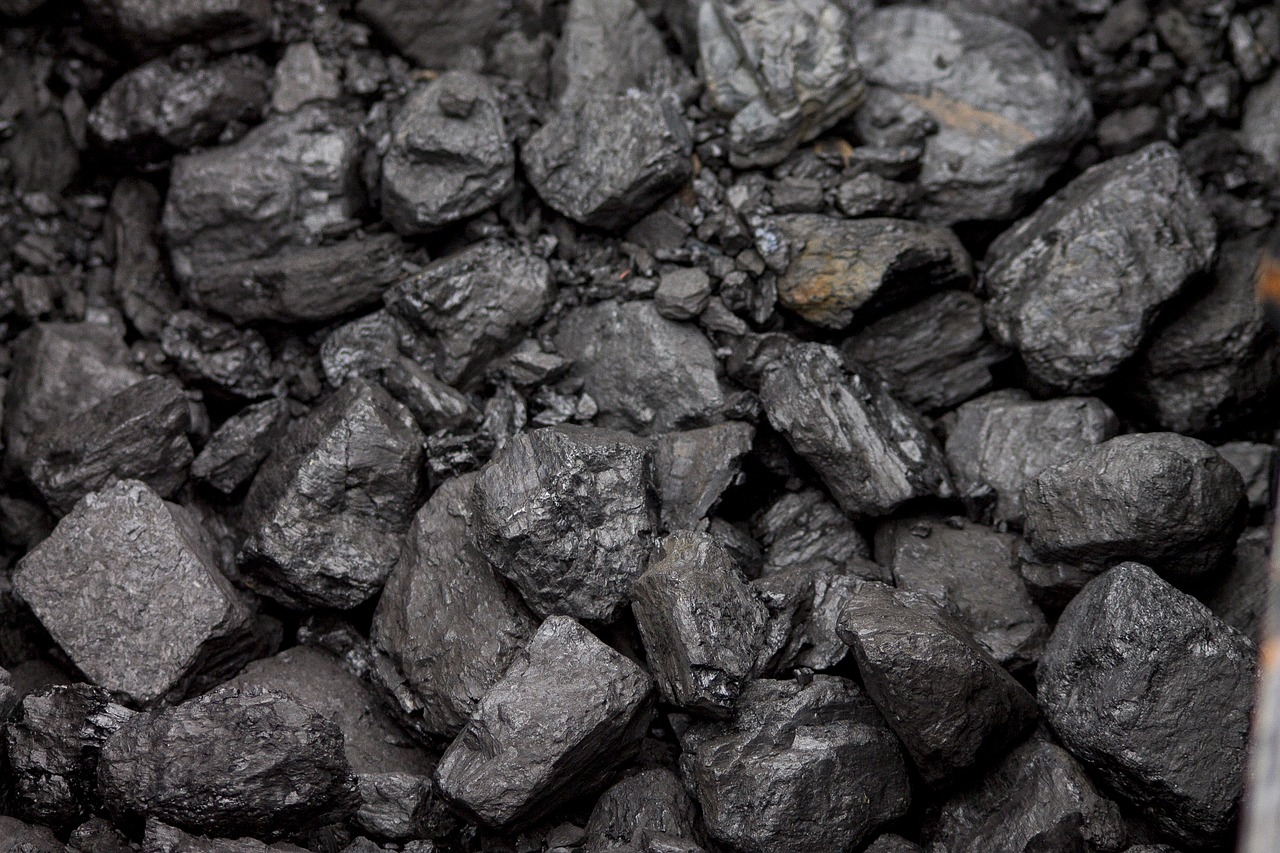
India Is Warming Rapidly
- News
- 1.8K
A new study on climate change in India has confirmed a rapid rise in surface temperatures in the past 70 years.
The study calculated temperature rise in terms of change occurring from decade to decade, using information from two different datasets covering the period from 1951 and 2013. The temperature data came from 395 met stations across the country. Maximum, minimum and daily mean temperature data were analyzed for summer, monsoon and winter periods.
There is a notable warming trend in northwestern India beginning in the 1970s and accelerating in the 2000s and 2010s, the study has found.
The decadal mean of daily maximum temperature for April and May in the 2010s is 40 to 42 degrees over large parts of India. In the 1950s, the area with this high temperature was limited to only a small spot in south-central India touching 41 degrees. The region with temperature over 40 degrees began to expand in the 1970s and 1980s, while the region with temperature more than 41 degrees in south-central India has enlarged.
After a small reduction in temperature in the 1990s, the region with temperatures greater than 40 degrees has expanded dramatically in the 2000s and the 2010s. The region with temperatures exceeding 41 degrees has expanded, and a region with temperatures greater than 42 degrees has appeared in south-central India in the 2010s, the study has found.
“These decadal mean temperature patterns suggest that global warming is manifesting itself over parts of India in the maximum temperatures observed during the warm pre-monsoon period, with an accelerating pace noted, particularly in the last two decades,” concludes the study published in journal Scientific Reports.
While warming trend has been observed in the northwest and southern India, cooling or reduced warming seems to be occurring in northeastern India which is stretching southwestward across central India.
“India, taken as a whole, is experiencing warming as an integral part of the warming that is happening globally due to global climate change,” said Robert S Ross of Florida State University, who conducted the study along with researchers from Indian Institute of Technology (IIT), Bhubaneswar and India Meteorological Department (IMD).
“The surface cooling or reduced warming is seen across central India is due to the regional effect of a plume of aerosol pollution that affects parts of Southeast Asia and extends into central India. This phenomenon is best seen in the dry parts of the year, while wet monsoon months tend to mask the effect,” explained Prof Ross while speaking to India Science Wire. “The temperature pattern seen in India is likely happening in many parts of the world where the brown haze pollution is being produced. Increased atmospheric carbon dioxide is driving global warming, and brown haze pollution is modulating this regionally.”
The brownish haze found over most of the North Indian Ocean and South Asia is composed of aerosols that absorb solar radiation, leading to a cooling effect. The effect is measured by satellites as ‘aerosol optical depth.’ “If the pollution plume changes its geographical location, we would expect the cooling pattern to also shift,” he added.
However, other experts do not agree with the hypothesis linking cooling and the brown haze proposed in this study, while agreeing with the temperature pattern which has been reported. “The warming in western and southern India and cooling over the northern regions of India have been well studied. In our recent study, we have shown that intensive irrigation is a major driver of land surface cooling in the Indo-Gangetic Plain rather than atmospheric aerosols,” commented Dr. Vimal Mishra of Water and Climate Lab at the Indian Institute of Technology, Gandhinagar, while speaking to India Science Wire.
“Atmospheric aerosols play a role in cooling trends of temperature, but in our work, we found that a bulk of this cooling is attributed to intensive irrigation (mostly from groundwater) in a multi-cropping system in north India. This area needs more research and warrants more attention before attributing the cooling to a sole factor,” explained Dr. Mishra.
In addition to Dr. Ross, the research team included Dr. S S Pai of IMD and Dr. Sandeep Pattnaik of IIT, Bhubaneswar. Dr. T N Krishnamurti of Florida State University, who passed away in February this year, was also a part of the team. (India Science Wire)
By Dinesh C Sharma
Journal Article
Decadal surface temperature trends in India based on a new high-resolution data set
For the latest Science, Tech news and conversations, follow Research Stash on Twitter, Facebook, and subscribe to our YouTube channel


